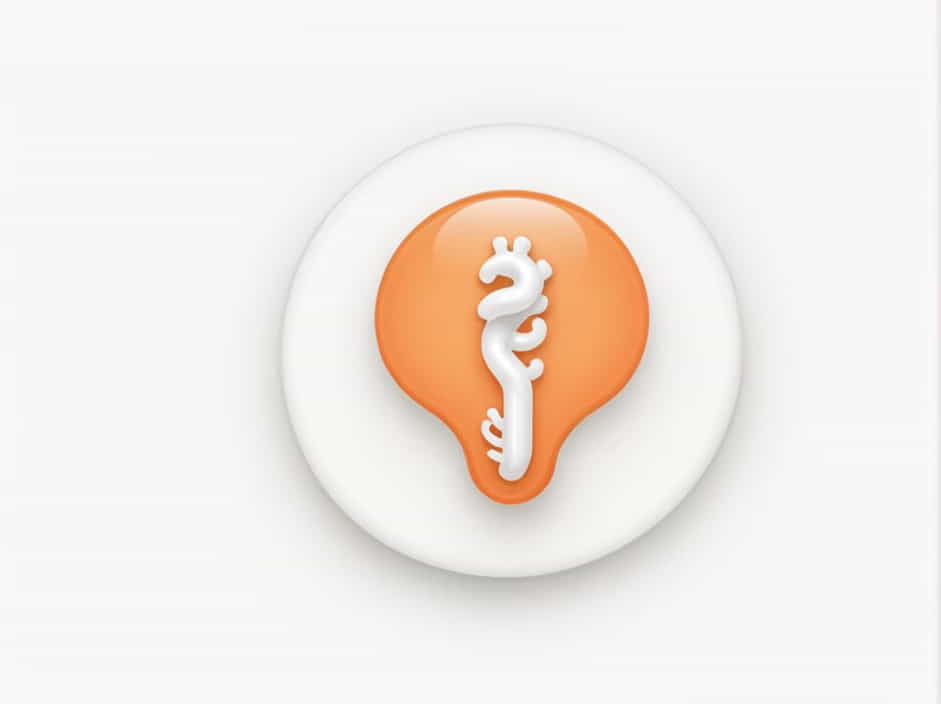The renal corpuscle is a key structure in the nephron, the functional unit of the kidney. It is responsible for filtering blood and initiating urine formation. This process helps remove waste products while retaining essential substances in the body.
The renal corpuscle consists of two main components:
- Glomerulus – A network of capillaries where blood filtration occurs.
- Bowman’s capsule – A double-walled structure that collects the filtered fluid.
Understanding these two components is essential to grasp how the kidneys maintain homeostasis, regulate blood pressure, and eliminate waste.
1. What Is the Renal Corpuscle?
The renal corpuscle is the first part of the nephron, found in the cortex of the kidney. It serves as the primary filtration unit, allowing water, ions, and small molecules to pass while preventing the loss of large proteins and blood cells.
✔ Location: Renal cortex
✔ Function: Filtration of blood to form the initial urine
✔ Structure: Made up of the glomerulus and Bowman’s capsule
2. The Two Main Components of the Renal Corpuscle
1. The Glomerulus
The glomerulus is a dense, round network of tiny capillaries where the filtration of blood occurs. This structure is surrounded by Bowman’s capsule, which collects the filtered fluid.
✔ Function: Filters blood by allowing water, ions, glucose, and small molecules to pass into Bowman’s capsule while preventing large proteins and blood cells from leaving the circulation.
✔ Structure: Made up of capillary loops, which are supplied by the afferent arteriole and drained by the efferent arteriole.
Filtration Process in the Glomerulus
- Blood enters the glomerulus via the afferent arteriole.
- Pressure forces water and small molecules through the capillary walls.
- Large molecules like proteins and blood cells stay in the bloodstream.
- The filtered fluid (filtrate) enters Bowman’s capsule.
The efficiency of glomerular filtration depends on blood pressure, capillary permeability, and the size of molecules trying to pass through.
2. Bowman’s Capsule
Bowman’s capsule is a cup-shaped structure that surrounds the glomerulus. It collects the filtrate and directs it into the next part of the nephron, the proximal convoluted tubule.
✔ Function: Receives filtered fluid and prevents unwanted substances from re-entering circulation.
✔ Structure: Made up of two layers – an inner visceral layer (attached to the glomerulus) and an outer parietal layer (forming the capsule’s wall).
How Bowman’s Capsule Works
- Collects the fluid filtered by the glomerulus.
- Directs the filtrate into the proximal tubule for further processing.
- Helps regulate filtration pressure through specialized cells called podocytes.
3. The Filtration Barrier in the Renal Corpuscle
The renal corpuscle includes a filtration membrane that determines what enters the filtrate. This membrane has three layers:
- Endothelium of the glomerular capillaries – Contains small pores allowing fluid and small molecules to pass.
- Basement membrane – Prevents large proteins from crossing.
- Filtration slits of podocytes (Bowman’s capsule) – Allows only small molecules like water, glucose, and ions to enter the nephron.
This filtration barrier ensures that essential blood components are retained, while waste products and excess fluids move into the nephron for excretion.
4. Importance of the Renal Corpuscle in Kidney Function
The renal corpuscle plays a vital role in kidney function by:
✔ Filtering about 50 gallons of blood per day.
✔ Maintaining electrolyte balance.
✔ Regulating blood pressure through the renin-angiotensin system.
✔ Eliminating metabolic waste like urea and creatinine.
Disruptions in renal corpuscle function can lead to kidney diseases, such as glomerulonephritis or chronic kidney disease (CKD).
5. Disorders Affecting the Renal Corpuscle
Several diseases can impair the glomerulus and Bowman’s capsule, affecting kidney filtration:
1. Glomerulonephritis
✔ Cause: Inflammation of the glomeruli due to infections or autoimmune disorders.
✔ Effect: Reduced filtration, leading to protein or blood in the urine.
2. Diabetic Nephropathy
✔ Cause: High blood sugar damages the glomerular capillaries.
✔ Effect: Impaired kidney function and increased protein loss.
3. Hypertension and Kidney Damage
✔ Cause: High blood pressure damages the glomerulus.
✔ Effect: Reduced kidney function and possible kidney failure.
Regular monitoring of kidney function tests (like glomerular filtration rate or GFR) can help detect early signs of renal corpuscle damage.
The renal corpuscle is the essential filtration unit of the nephron, consisting of two key components:
- Glomerulus – Filters the blood.
- Bowman’s Capsule – Collects the filtrate and sends it into the nephron.
Together, they ensure the kidneys function properly by removing waste, maintaining fluid balance, and regulating blood pressure. Understanding these components is crucial for recognizing kidney health and preventing renal diseases.
